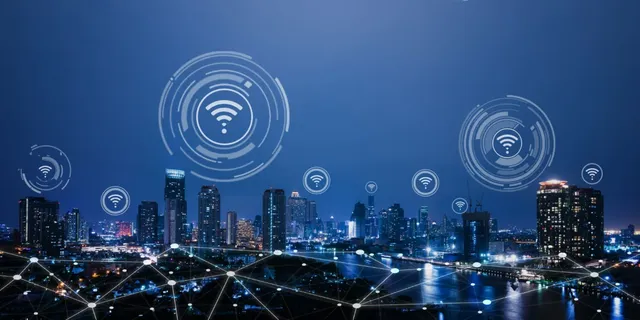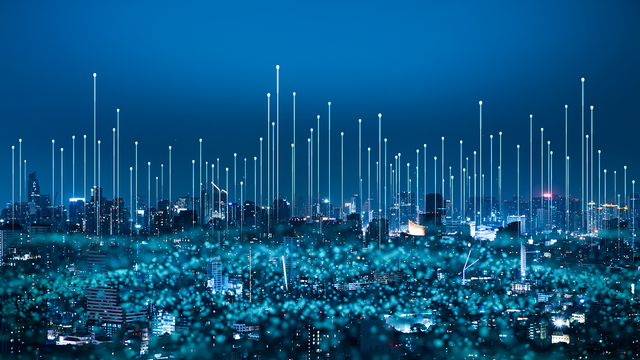If the service goes down when you try to send an instant email to your smartphone, you may check your network options and find out how many Wi-Fi networks you have. In fact, the sheer number of options itself is problematic. These networks are competitive, limiting the speed at which each individual can work.
Researchers at the University of Chicago have shown how this increase in network competition could harm internet service to everyday users.
Competition between networks occurs when operating on shared spectrum bands, or wavelengths. In particular, Wi-Fi uses an “unlicensed” spectrum, meaning that any device or network can use this feature as long as certain transmission rules approved by the Federal Communications Commission (FCC) are followed.

“The unlicensed spectrum is literally free for all; anyone can use it, within the limits set by the FCC, ”explains Monisha Ghosh, a member of the Department of Science and Technology at the University of Chicago and a research professor at the Pritzker School of Molecular Engineering.
The mobile phone service relies heavily on a completely separate group, which licenses from the FCC through spectrum auctions, although that has evolved with the growing demand for mobile data and limited restrictions.
When a mobile phone provider, such as T-Mobile or AT&T, issues spectrum band licenses from the FCC, they reserve their exclusive use. As a result, networks operating in licensed bands experience less disruption. This allows providers to set up a fast and reliable service, but it comes at a cost.
"Over the past five years, the mobile world has grown in terms of the number of users and the amount of data they need," Ghosh said. "Mobile service providers have begun to fall short in many areas, and the licensed spectrum costs billions."

To improve bandwidth without breaking the bank, these providers have begun using the unlicensed spectrum on mobile networks using a mode called liceded assisted access (LAA), which works on the same bands used for Wi-Fi. The Ghosh team began looking at how this shared use of the unlicensed spectrum, called socialization, affects both Wi-Fi and mobile users.
"We actually found the LAA station on the Chicago campus, on the pole in front of the bookstore, and on the exterior of the Wi-Fi facility is also in use," Ghosh said. "That gave us a trial platform in our yard, so we started taking measurements."
Sitting on a bench outside the bookstore, computer science student Muhammad Rochman and researcher Vanlin Sathya set up five laptops and smartphones, using these to access local Wi-Fi networks or connect to LAA using mobile data. They also get a variety of data to change the demands on these networks, from low (such as text access to a website) to high (video streaming). Each device had applications that allowed the group to measure the quality of each network connection.
By accessing multiple networks simultaneously, the team found that competition reduced performance — reducing data transfer, transfer speed, and signal quality.
Conversely, mobile providers can predict the need for mobile access, so they allocate a certain amount of transfer time to each user. Therefore, LAA users are more like speakers on a solidly organized colloquium than in a casual event.
This difference in protocols poses a minor problem when mobile operators are restricted to licensed spectra, but as they move to unlicensed spectra, the LAA channel access restrictions apply to make it harder for Wi-Fi users to get equal access. Despite the fact that the LAA has recently changed the strict programming used in mobile groups to use listening-before speaking, it still works with different parameters. One very important difference is how long each program lasts once it gets access: LAA can transfer up to 10 millimeters, and Wi-Fi transmission can be up to 4 milliseconds.
Shared spectrum competition occurs not only between Wi-Fi and mobile providers but also on many other types of networks.
Thank you for reading ...
Regards
@winy
